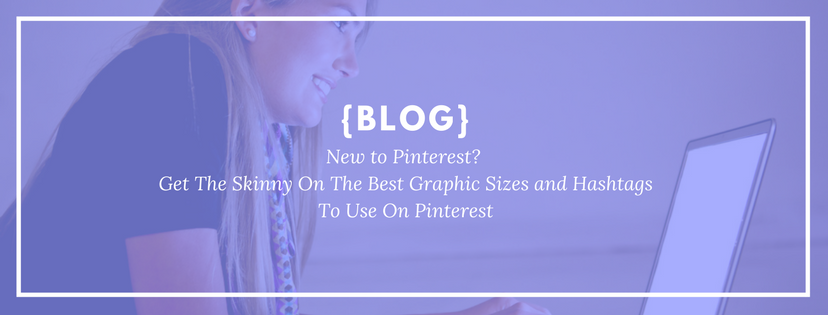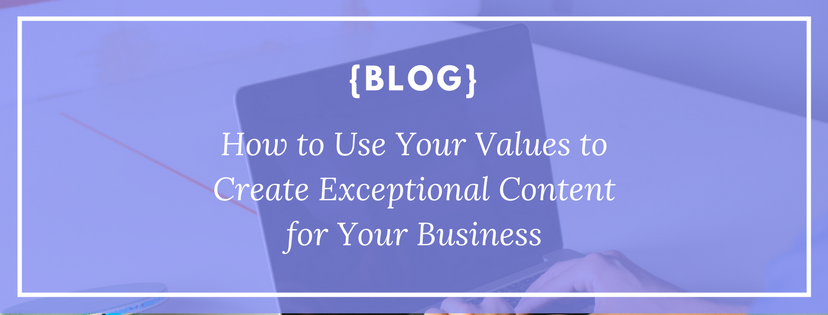LinkedIn is a very prominent social media platform for B2B and B2C marketing. Here are some unique features to utilize on LinkedIn in order to successfully market your business.
1. Company Pages
LinkedIn is a very intelligent network in that it monitors other social sites and uses features from them that will benefit its users. Company Pages for example, let LinkedIn members follow a company, then share and recommend their products and services and directly connect with business employees in their network.
A Company Page lets you use hot links to highlight products and services that link back to landing pages. You can also add in pictures and videos within the product and services section of the page. The page acts like an online brochure, and you can even offer special discounts to followers.
In order to grow your marketing reach, you should promote your Company Page by adding a button on your website and email. Company Pages are easy to set up and maintain, so take advantage of them.
2. SME Groups
LinkedIn now has over 1 million groups. These groups are becoming the most used feature on the site. However, smaller companies that are not well known may not be able to get many users to join a group they’ve created on LinkedIn.
So, the best way to market by using Groups is to begin a Subject Matter Expert (SME) group. In a group like this, you can post discussions about the latest and upcoming trends in your industry, and invite other experts to join and post their comments. Try not to post news releases from your own company in these types of groups.
Position your company to be subject matter experts and your brand will grow in the industry it represents.
3. Group Discussions
Many marketers on LinkedIn will join a group of fellow business partners and end up posting only to that group. While it is important to interact with your peers, it is important in marketing to interact with potential consumers.
Try joining groups that your customers belong to. Join the groups that you feel could be the most relevant to your company. Don’t immediately begin posting about your company’s products and services, but rather offer insight and become a group member who people can go to if they’re interested in the services you offer.
4. The Status Bar
The LinkedIn Status Bar feature is helpful in notifying the network about company news, events and blog posts. In 140 characters, the update on your Status Bar can be updated to Twitter at the same time. Any person in your network can view your posts on the Status Bar and share, like or comment on them.
5. Answers
With the LinkedIn Answers feature, you can ask a question and promote that question within your network. You can even email a link to that question. Pose questions that let you market your business in a subtle way and it will help increase your network reach.
This feature lets you respond and comment to your own question, and interact and communicate with those who answer privately.
It is very valuable to learn the features of LinkedIn, as the site can be a great marketing tool for almost any business. Utilize these features on your LinkedIn account today and boost your social media success.















